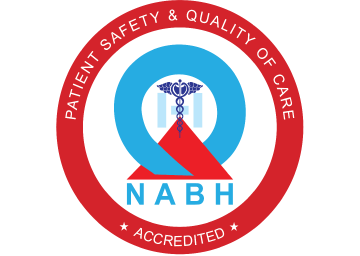ABOUT
Spinal osteotomy is a procedure where a cut is made into one of the bones of the spine to allow for correction of spinal alignment. There are a number of different types of the osteotomy. The specific osteotomy used in any case depends on the location of the spinal deformity to be corrected as well as the amount of correction that is needed. Spinal osteotomies are used as part of a spinal reconstructive procedure in order to achieve spinal balance and stability. Spinal instrumentation (rods and screws) are used as part of a spinal realignment procedure to hold the spine in correct alignment while spinal fusion occurs. Spinal fusion is a process where the bones of the spine heal together or mend into one solid piece. Once this occurs the spine will be stable in that area and further curvature or progression is unlikely.
TYPES OF SPINAL OSTEOTOMIES
There are various types of osteotomies
This is a procedure where a portion of the bone in the back portion of the spine may be removed. When this bone is removed it creates a space and when this space is closed down it allows the bones in the back of the spine come closer together, therefore "leaning" the spine more toward the back. Smith-Peterson osteotomy may be performed at one location or multiple locations along the spine to allow the surgeon to restore lordosis in the area of the osteotomy.
This is performed by removing the posterior element and facet joints similar to a Smith-Peterson osteotomy. The PSO then involves removing the remaining posterior elements and pedicles of the vertebral body, then working around the nerves of the spine into the front portion of the spine and a portion of the vertebral body is removed, usually in a wedge. This osteotomy involves all three columns of the spine (posterior, middle, and anterior). The correction of the lordosis with this osteotomy is greater.
This allows the largest correction of any spinal osteotomy. During the vertebral column resection, one entire segment of the spine is removed. This procedure was initially described through an anterior and posterior combined approach. More recently the VCR has been performed through a posterior only approach and is shown to be safe and effective for many patients.




